What is the difference between the technological and the human? It seems as though we should be able to draw up a balance sheet with two clear columns: typewriters on one side, humans on the other. However, radical postmodern thinker Katherine Hayles argues that our notion of humanity and its separation from what is artificial, synthetic or ‘computational’, is an illusion. In this article, Hayles explains how the ‘artificial’ and ‘natural’ columns are merged into a single inter-braided mixture.
In this era of advanced artificial intelligence, perhaps the most highly charged binary is between an AI (on the technological side) and a human (on the biological). Leaving aside the trend to incorporate more and more technology into human bodies, including pacemakers, insulin pumps, cortical and neural implants, cochlear devices and so forth, humans and our cultures are forming strong symbiotic bonds with computational media in all their forms. There is a reason for this: computational media are the first technologies to have cognitive abilities. Cognition, understood as the ability to sense information from the environment, interpret it, and act in contexts that connect it with meaning, emerged first on Earth in biological bodies. Even one-celled organisms such as bacteria move toward food sources and away from toxins in ways that enable them to continue their existence. In fact all lifeforms, even those that don’t have brains such as plants and clams, have cognitive capacities. Now humans have found ways to create cognition in artificial media, leading to complex interdependencies between cognitive media and cognitive humans in collectivities that I call cognitive assemblages.
Biologist Lynn Margulis has argued that symbiosis is the primary driver of biological evolution, based on her then-startling (now accepted) theory that mitochondria and chloroplasts are remnants of previously independently living organisms that had been absorbed by cells, only partially digested, and eventually merged so they became part of the cells proper. Margulis has called this the most important event in Earth evolutionary history, because it allowed eukaryotic cells to use aerobic respiration, providing greater energy efficiency and paving the way for the emergence of plants and animals. Through a long process of evolving increasingly more complex organisms, evolutionary dynamics led to the emergence of Homo sapiens, the cognitive species par excellence, capable of building what is now an extremely deep technological infrastructure.
___
Sara Walker, an astrobiologist and theoretical physicist, has used this lineage to argue that “AI is life,” because it emerged from life.
___
How did this infrastructure evolve? Anthropologists define a tool as an artifact used to make another artifact. Imagine how difficult it was to create the first tool (probably a stone flake). No doubt it was maddingly slow work, because by definition, there was no other tool to assist in its manufacture. Once one has a sharpened rock, one can make a stone axe; having a stone axe makes it possible to hollow out a canoe; having a canoe increases mobility and widens the horizon of gathering and hunting, and so on. Each successive invention builds on prior ones, at exponentially accelerating rates. By the third millennium CE, humans have discovered ways to offload memory, information, and cognition into digital computers that can store them, transform information into different codes, manipulate the codes, and transmit the results worldwide in a few seconds.










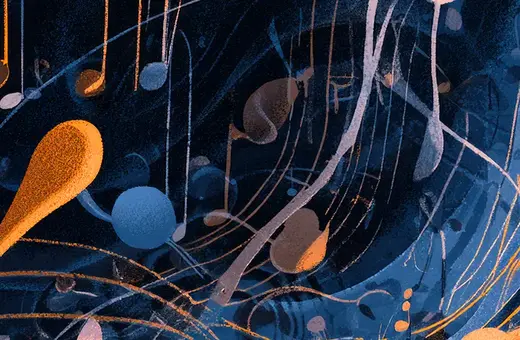
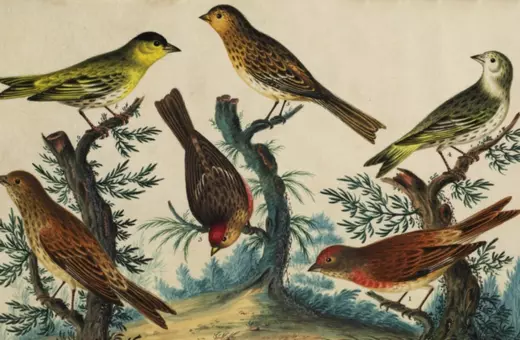

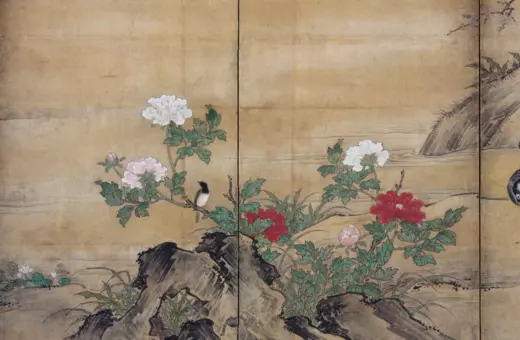

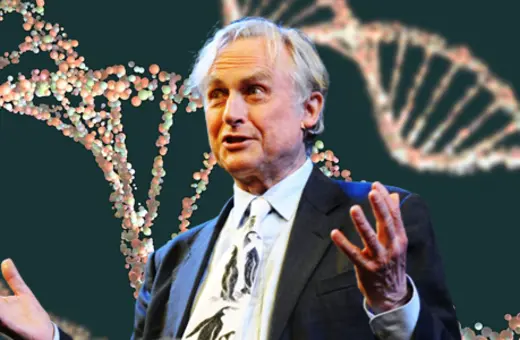
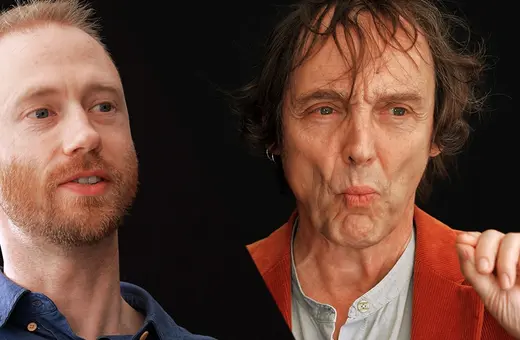


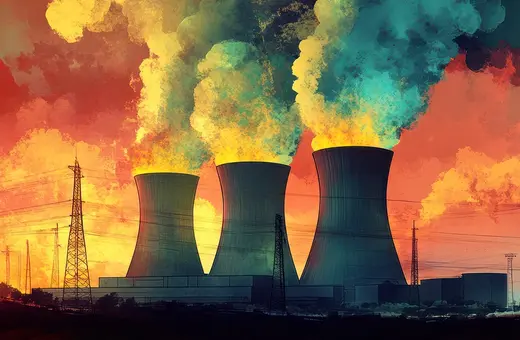

Join the conversation